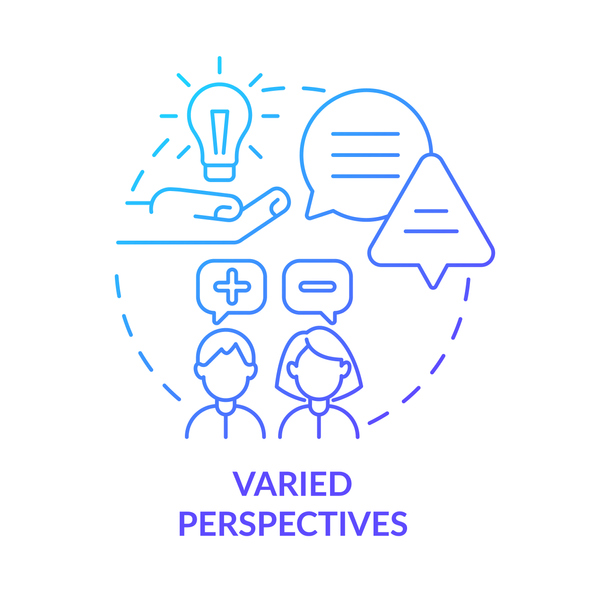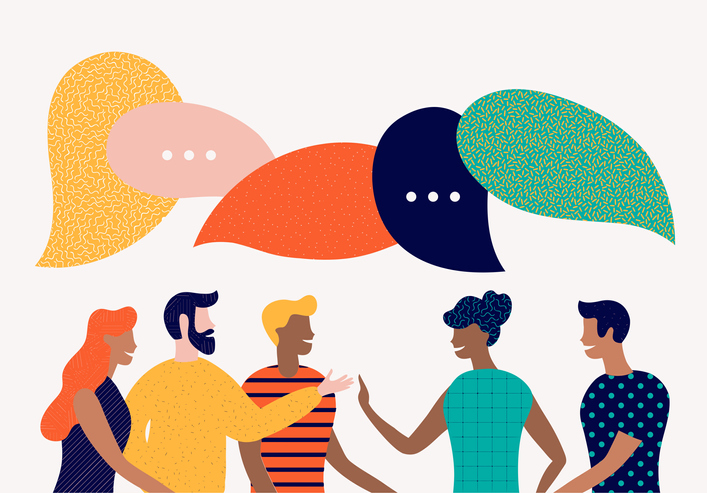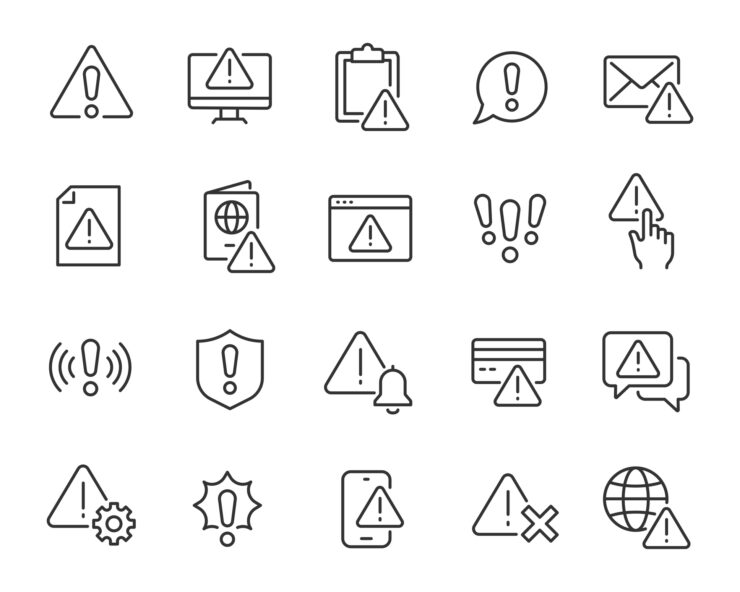Learning Materials
A first-generation law student in her family and is excited to enter the legal profession. However, in class, the reading material is assigned is generally authored by men, the judges in cases are mainly men, and the professors at her Law School are mostly male. She wonders what role there is for women in the profession?
The aim of inclusive learning materials is to ensure that there is a diversity of images, perspectives, and viewpoints from people with different backgrounds (e.g. socio-economic status, ethnicity, language, religion, gender, sexual orientation and ability) represented. In this way, students are both able to identify themselves more easily within the learning materials assigned and are exposed to various viewpoints leading to a broader understanding of the topic at hand. The tools in this section serve to enhance the number of perspectives provided on a topic, increase the diversity of authors on a reading list, limit the use of stereotypes while increasing the representation of people with different backgrounds in cases and/or examples presented class.
A related topic of importance is the accessibility of the learning materials, including for students with physical and/or mental disabilities Bain, K., Basson, S., Faisman, A., & Kanevsky, D. (2005). Accessibility, transcription, and access everywhere. IBM Systems Journal, 44(3), 589-603. . For example, teachers could provide learning materials in different modalities (e.g., visual displays such as figures and flowcharts or audio format such as podcasts) to accommodate learners’ preferences Meijs, C., Hurks, P. P., Wassenberg, R., Feron, F. J., & Jolles, J. (2016). Inter-individual differences in how presentation modality affects verbal learning performance in children aged 5 to 16. Child Neuropsychology, 22, 818-836. . Software can also help make pre-existing material more accessible, such as a range of reading apps for students with visual impairments. The accessibility of learning materials can also relate to the language used in the text. For example, does the text use a lot of unnecessary jargon that makes it difficult to read, especially for those reading in a second language?
It’s not so much that I would suggest that diverse education cannot be Eurocentric. But it would be nice to have a less Eurocentric frame, if possible. It would be nice if we would get acquainted with a broader spectrum of perspectives. E.g. not by excluding Western philosophers, but by adding philosophers from China, Latin-America and Africa.





